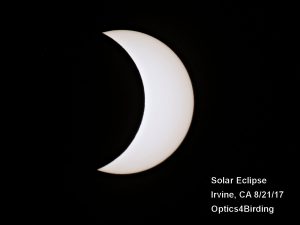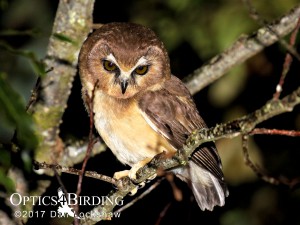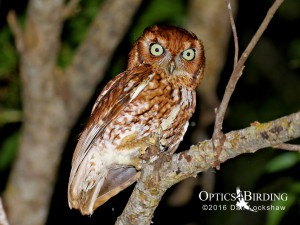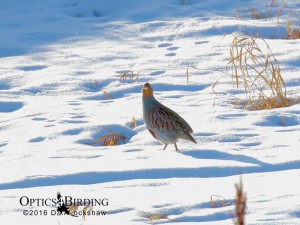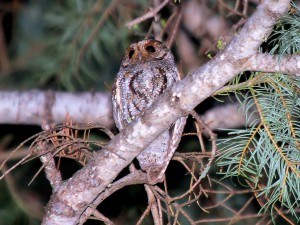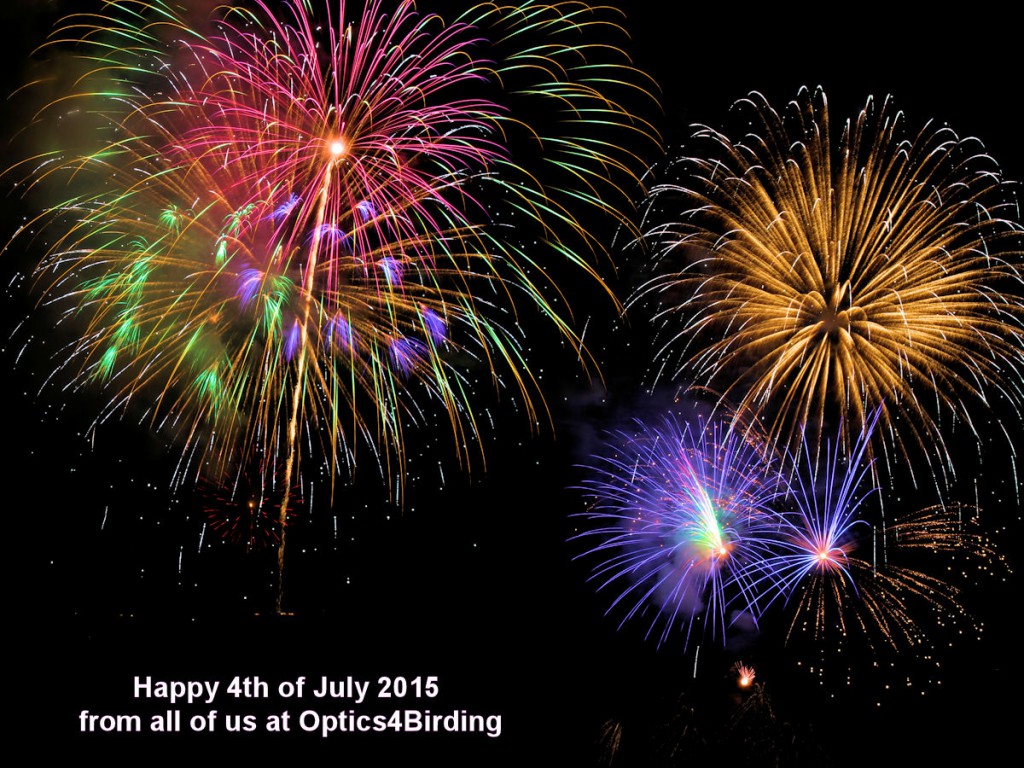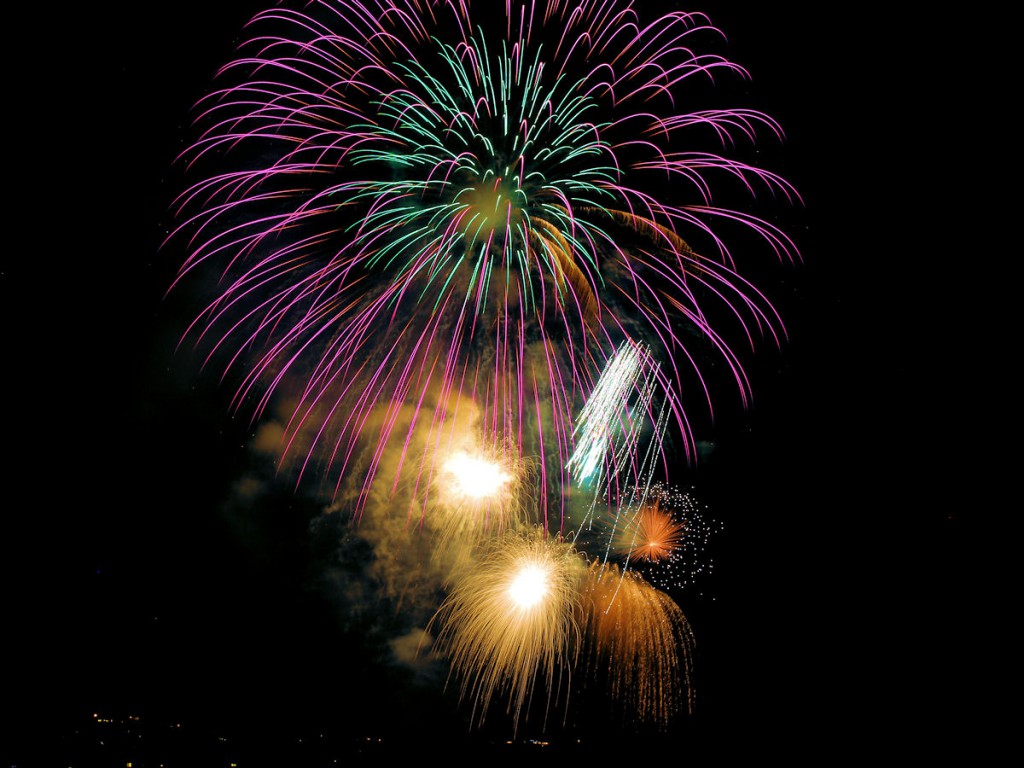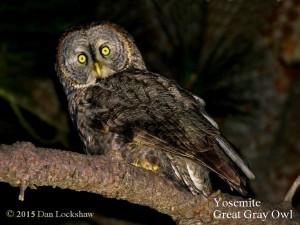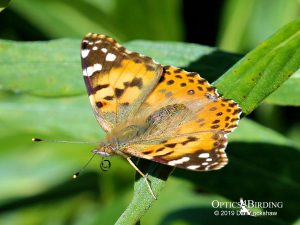 The 2019 Painted Lady movements through Southern California were impressive. In a time when immense wildlife explosions of anything are almost unheard of, this colossal migration was distinctive. Thoughts of enormous arthropod (insect) invasions so often bring concerns of other hostile species to mind. The Painted Ladies were a magnificent blast of beautiful color.
The 2019 Painted Lady movements through Southern California were impressive. In a time when immense wildlife explosions of anything are almost unheard of, this colossal migration was distinctive. Thoughts of enormous arthropod (insect) invasions so often bring concerns of other hostile species to mind. The Painted Ladies were a magnificent blast of beautiful color.
In March 2019, the Painted Lady northward migration saw huge spikes in the number of butterflies over previous years. This was thought to have been their single largest migration since, possibly, the late 1960s. Remarkable waves of Painted Ladies flowed through the cities and deserts alike. Previous, yet smaller, movements of this butterfly happened in 1998 and again in 2005. The 2005 migration year was estimated at one billion butterflies. The spectacle of this movement was striking. The soft orange butterflies travel at fast speeds with direction, intent, and purpose. Continue reading


